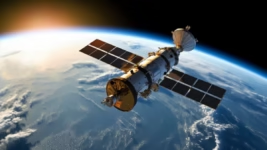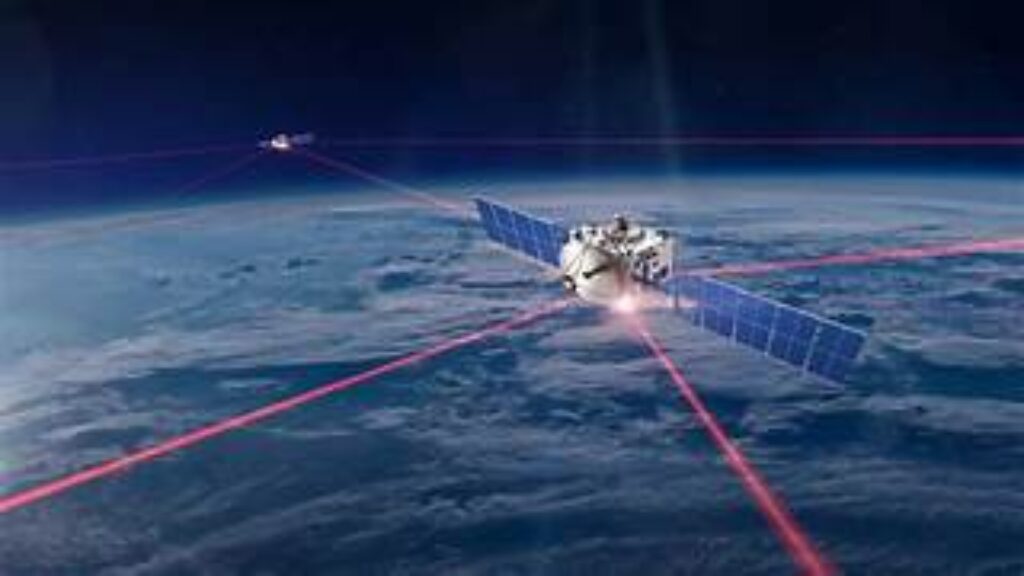
The Implications of Starlink and the Global Internet for Remote Travelers
For years, remote travelers have faced one frustrating limitation: unreliable internet access. Whether you’re exploring the deserts of Namibia, sailing through the Pacific, or hiking the Himalayas, staying connected has often been a luxury. Enter Starlink, SpaceX’s ambitious satellite internet network, promising to change the way we connect — no matter where on Earth we are.
For digital nomads, outdoor explorers, and travel content creators, Starlink isn’t just another tech innovation; it’s a revolution for remote connectivity. Let’s explore how this technology is reshaping travel in the modern world.
The Problem: Internet Deserts on the Map

Before Starlink, most rural or remote travelers relied on weak mobile networks, expensive satellite phones, or local Wi-Fi hotspots with spotty coverage. Traditional internet providers focused on urban areas because of infrastructure costs — leaving large portions of the world without reliable service.
This meant that travelers and digital nomads working remotely often had to plan their trips around connectivity. For many, “off-grid” meant truly offline — with limited ability to share updates, access maps, or even make emergency calls.
That’s where Starlink’s low-Earth orbit satellite system comes in.
What Exactly Is Starlink?
Starlink is an internet constellation created by SpaceX, launched by Elon Musk’s vision of connecting the entire planet. Unlike traditional satellites that orbit thousands of kilometers above Earth, Starlink satellites operate in low-Earth orbit (LEO) — roughly 550 kilometers up.
This proximity allows for faster data transmission, lower latency, and more stable connections, even in remote regions.
As of now, Starlink has launched thousands of satellites and provides coverage across most of the world, with expanding service into the polar regions, oceans, and remote islands.
What It Means for Remote Travelers
1. Always-On Connectivity, Anywhere
The biggest advantage Starlink offers is consistent internet access from virtually any location. Remote travelers no longer need to hunt for Wi-Fi or rely on unreliable 4G networks.
Imagine setting up camp in the Arctic Circle or working from a cabin in the Andes — and still joining video meetings or uploading photos seamlessly. For vanlifers, sailors, or RV travelers, Starlink has made digital freedom truly possible.
2. Empowering the Digital Nomad Lifestyle
The rise of remote work has already changed the way people travel. Digital nomads seek out breathtaking yet isolated places — from Bali’s beaches to Kenya’s savannas — but poor internet has always been a limiting factor.
With Starlink, these travelers can now work, stream, and communicate anywhere with a clear view of the sky. It’s not just convenience; it’s independence.
Many users have even integrated Starlink into off-grid setups using solar power, making sustainable, long-term travel more feasible than ever.
3. Real-Time Navigation and Safety
Connectivity isn’t only about work or leisure — it’s also about safety. For adventurers exploring extreme terrains, reliable internet can mean the difference between danger and rescue.
With Starlink, travelers can access real-time weather updates, GPS navigation, and emergency communications, even in the most isolated regions. Search and rescue operations can also benefit from better tracking and instant data sharing.
How It Works for Travelers
Setting up Starlink is surprisingly simple. The standard Starlink kit includes a satellite dish, router, and power supply. Travelers just need a power source and a clear view of the sky.
SpaceX has even introduced Starlink Roam (previously Starlink RV), designed specifically for travelers who move frequently. It allows portable, pay-as-you-go internet wherever coverage is available — a perfect fit for those who live life on the road or sea.
However, users should note that the dish requires open sky visibility, meaning dense forests or narrow valleys can sometimes interfere with signal quality.
The Future of Travel Connectivity
Starlink is more than just a service; it’s a gateway to global accessibility. As the network grows, latency will continue to decrease, and coverage will expand. Future iterations may even provide mobile satellite service directly to smartphones — eliminating the need for external equipment altogether.

This technology could also empower developing regions, remote lodges, and eco-resorts to offer digital infrastructure where none existed before — creating new opportunities for tourism and business.
Challenges Ahead
Despite its promise, Starlink is not without hurdles. The cost of equipment and monthly subscriptions can be high for casual travelers. Additionally, some countries still restrict satellite internet access due to regulatory issues.
But as more governments and travel industries adopt the technology, prices are expected to decrease, making global connectivity accessible to more people over time.
Final Thoughts
Starlink represents a new era of freedom for travelers. It bridges the digital divide, connects the unreachable, and redefines what it means to work and explore remotely.
For modern adventurers, this technology is more than convenience — it’s empowerment. Whether you’re capturing content from a mountain peak, running a business from a sailboat, or staying connected during cross-continental road trips, Starlink ensures the world is always within reach.
The next generation of travel isn’t just about where we go — it’s about staying connected, no matter how far we roam.








